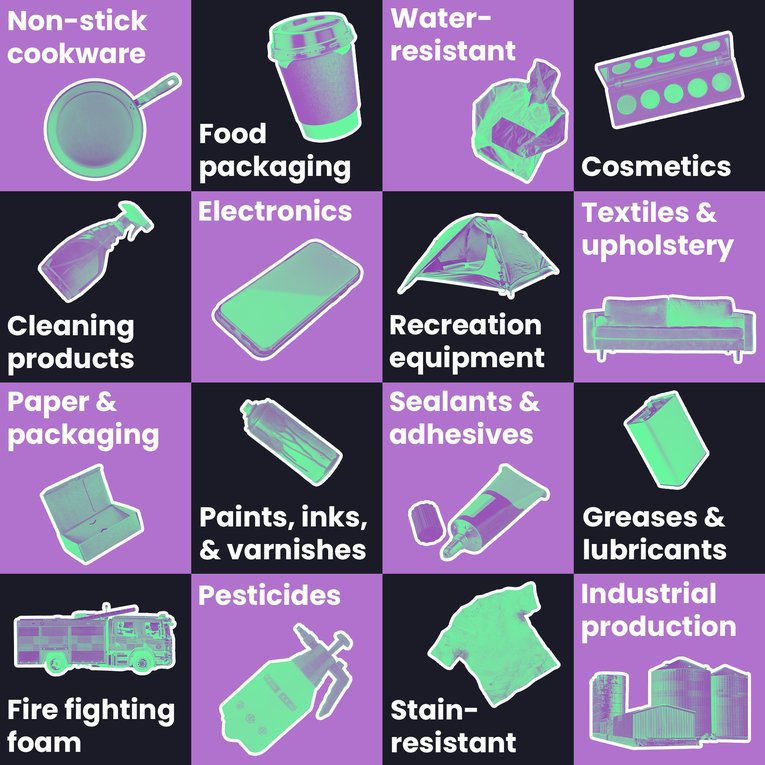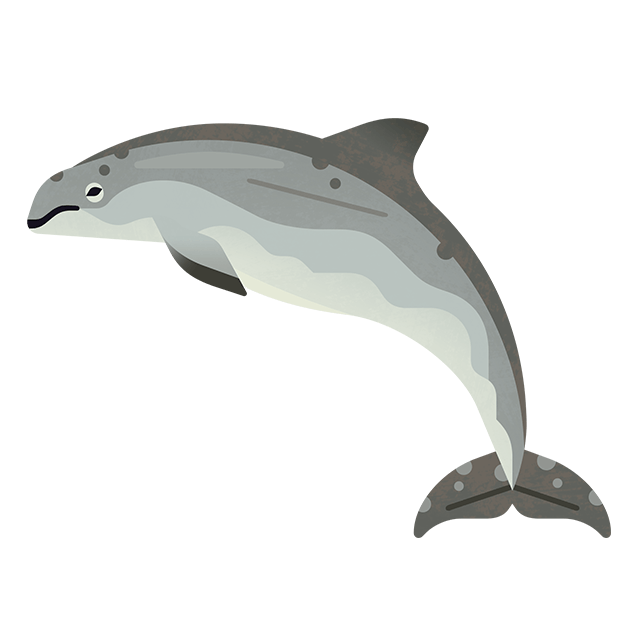
Behind the headlines: 'Forever chemicals'
2 minute read
Our chemicals expert, Francesca, goes behind the 'forever chemicals' headlines...
You may have noticed a recent uptick in the number of ‘PFAS’ mentions in the media. I certainly have! I am delighted this topic is getting the coverage it deserves, but I know it can get complicated so I wanted to break it down a little.
‘Forever chemicals’ mean England’s waters will miss pollution targets for decades
This story highlighted that English rivers were so highly contaminated with PFAS that they wouldn’t meet environmental standards for decades. 2063 to be precise.
Because of the extreme persistence of these ‘forever chemicals’, they won’t break down when they’re in the environment and their levels will not decrease. So, if they are the cause of the current failures for river pollution, that will continue to be the case for a long time.
The particular PFAS in question in this article is called PFOS and it is one of only two PFAS currently banned in the UK.
In the meantime, the EU have published a proposal looking at restricting approximately 10,000 different PFAS. While the UK have banned just 2, the EU are looking at restricting thousands!
As it stands, the UK risks falling behind the EU when it comes to protecting wildlife and humans from ‘forever chemicals’. We’ve been using our campaign - Stop Ocean Poison - to highlight this issue and call for better protections from the UK Government.
PFAS trapped in sea ice
When you add climate change into this mix, you can see how these various environmental pressures are so interlinked. Not only does climate change impact wildlife directly by changing habitats and making wildlife less resilient to other stressors like chemical pollution, it’s also contributing to an additional release of legacy pollutants trapped in ice.
If you look for PFAS, you will find them. It’s not a matter of if, it’s a matter of how much.
PFAS pollution in wildlife worldwide
I was recently speaking to a researcher about PFAS, and she said something that really stood out to me. She said that “if you look for PFAS, you will find them. It’s not a matter of if, it’s a matter of how much”.
Recent analysis carried out by the Environmental Working Group (EWG) has very much shown this to be true, with a fascinatingly terrifying interactive map, showing the extent of PFAS pollution in wildlife worldwide.
These ‘forever chemicals’ have been found in everything from plankton to polar bears and ticks to turtles. They are everywhere in our ecosystem.





